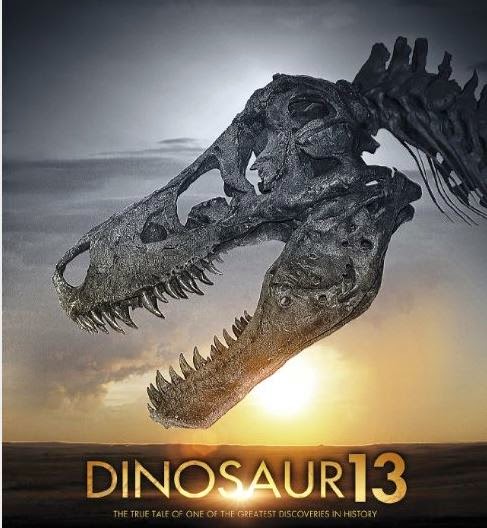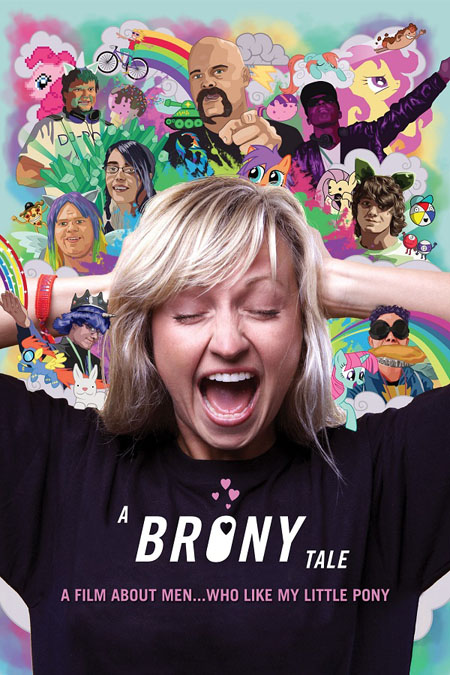
The characters in May's movies are often a little bit dumb. They mean well, they have incredible courage - even the failed songwriters in Ishtar have breathtaking chutzpah - but they're dumb. They're looking so hard for satisfaction in their small lives that they are oblivious to the obvious landmines in front of them. Lenny Cantrow meets Kelly Corcoran on the beach while honeymooning with his new bride, and turns into a dervish of lies and excuses to meet Kelly on the side while his wife stays in their hotel room recovering from a sunburn. The humor comes from Lenny's recklessness. Even though he's doing a terrible thing to his new wife, we find ourselves rooting for him just because he's so determined.
The film was based on a short story by Bruce Jay Friedman, with a punched up screenplay by Neil Simon. You can recognize Simon's jokes in a few scenes, but this never for a moment feels like a Neil Simon movie. It's so much smarter and more realistic, as if May took it over and remodeled it to her own specifications. When Simon wrote his memoirs many years later, he barely mentions this movie, as if he acknowledges that The Heartbreak Kid is far more May's work than his.
The film opens with Lenny (Charles Grodin) in New York preparing for a night out. Most of the early shots are from far away - we see him parking his car, locking up the sporting goods store where he works, combing his hair - so we get the impression that he's one of life's little guys. Lenny drives a tiny yellow sports car that he probably bought because it looked sporty, but it actually makes him look tiny and ineffective. He meets Lila (Jeannie Berlin) at a bar. We see a brief courtship - they seem to enjoy each other, she in particular adores him, although she won't have sex until they're married. We see some scenes from their wedding, a quiet affair performed in her Jewish parents' living room, and then the road trip for their Miami honeymoon begins.They sing a lot on the road, corny old tunes like "Someone's in the kitchen with Dinah," and May perfectly captures the awkwardness of a new relationship. The spell is broken when Lenny tells Lila that she has a lousy voice. It's as if he's finally aware that he'll be hearing Lila's voice every day for, as she likes to say, "the next 40 or 50 years." He's revolted.
Lila's not a bad person. In a lesser movie she would be more comically horrible, but as played by Berlin, she's an attractive, warm woman who wears her emotions on her sleeve. True, she has a penchant for candy bars at 2:00 AM, and needs to be constantly told how wonderful she is, which grates on Lenny. When they finally reach Miami and she reveals her body in a bathing suit, she's sturdily built and even a bit sexy. It's too late, though, for Lenny has already met and flirted with a 20-year-old blond from Minnesota who is vacationing with her family. This is Kelly (Cybill Shepherd), the sort of nubile, flirtatious female that will demolish a dumb man's mind like a stick of lit dynamite placed under a bridge. Poor Lila never stood a chance.
There are many memorable moments: The growing look of disgust on Lenny's face as Lila plays with his chest hair; Lila nibbling on a candy bar so as to not smudge her lipstick; Lenny explaining to Kelly's parents that he's married but plans to end it soon, and the way he pretends to be a narcotics agent to intimidate a couple of Kelly's goonish college friends. And then there's Kelly's dad (Eddie Albert) threatening to kick Lenny's "ass over the Canadian border." Eddie Albert is so good in this movie - he's perhaps the only actor who can actually make his blood pressure rise on cue. He was nominated for an Oscar, deservedly so, as was Berlin.
Albert's role as Kelly's hostile father is important because we see Lenny through his eyes. Without Albert, we'd think of Lenny as a lovable, bumbling guy trying to get the girl of his dreams. He's so likable that we forget that he's an idiot. As Albert narrows his eyes in anger every time he sees Lenny, we're almost tempted to take Albert's side. Yet, we like Lenny. That's why this is a smart movie. We sympathize with everyone. As Kelly, Shepherd is electric. At first she seems like a typical spoiled girl who always gets what she wants, nibbling aimlessly on a pretzel while the men around her fuss and fight. When she reveals that she actually has feelings for Lenny, the movie shifts into a new gear. We can tell she's bored with her own existence, and is actually intrigued by Lenny's determination.
 Grodin is brilliant as Lenny. It's the performance of his career. There's none of the dry wit of his later roles, only energy that borders on panic. He's thrilled by the hunt. Throwing off Lila is a minor inconvenience if he can get this blond WASP goddess from the frozen north to be his own. Lenny grows more inscrutable as the movie reaches its conclusion. Is he in love with Kelly, or is he in love with the idea of winning her? He blusters his way through a dinner with Kelly's parents, rebuffs Eddie Albert's offer of $25,000 to leave Kelly alone, and eventually marries his idyllic blond. Happy ending, right?
Grodin is brilliant as Lenny. It's the performance of his career. There's none of the dry wit of his later roles, only energy that borders on panic. He's thrilled by the hunt. Throwing off Lila is a minor inconvenience if he can get this blond WASP goddess from the frozen north to be his own. Lenny grows more inscrutable as the movie reaches its conclusion. Is he in love with Kelly, or is he in love with the idea of winning her? He blusters his way through a dinner with Kelly's parents, rebuffs Eddie Albert's offer of $25,000 to leave Kelly alone, and eventually marries his idyllic blond. Happy ending, right?
At the wedding, Lenny seems distant, distracted. He's won the girl, but he's still one of life's little men. "You're the luckiest guy in the world," a wedding guest tells him, and Lenny smiles. But we in the audience know what lies ahead. Kelly is going to bust his balls. He'll never be good enough for her. His father-in-law will take every opportunity to squash him. It's not going to be a fun life.
May directed only a handful of movies. After The Heartbreak Kid she directed an interesting film called Mikey & Nicky, and then Ishtar, a flop that ruined her. She developed a reputation for going over budget, and not being in control of her productions. She eventually settled into a career as a screenwriter and playwright, but hasn't directed a movie since 1987. I consider May's departure from directing to be a great loss.
The Heartbreak Kid was remade in the 2000s by the Farrelly brothers. It was an embarrassment, like watching children dressed as adults trying to perform Shakespeare. The Farrellys had no understanding of the original film's quieter aspects, and loaded their new version with crass bathroom humor and vulgar characters. But it was a given that they'd fail because not only are the Farrellys a couple of meatheads, but there are very few actresses today to match what Jeannie Berlin did in 1972.
Berlin, May's daughter in real life, gives a perfect performance as Lila. As she sloppily bites into an egg salad sandwich, or clumsily applies cream to her sunburned face, she walks an incredibly fine line between annoying and sympathetic. When Lenny tells her he wants a divorce, her pain is palpable. Lila was not a simple comic creation on Berlin's part, she was a fully formed human being, and probably the least screwed up person in the story. I watched the film again recently and as the ending arrived, with Lenny staring blankly, it occurred to me what might be on his mind: I think he's remembering Lila.




















